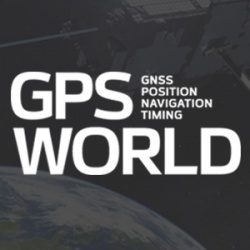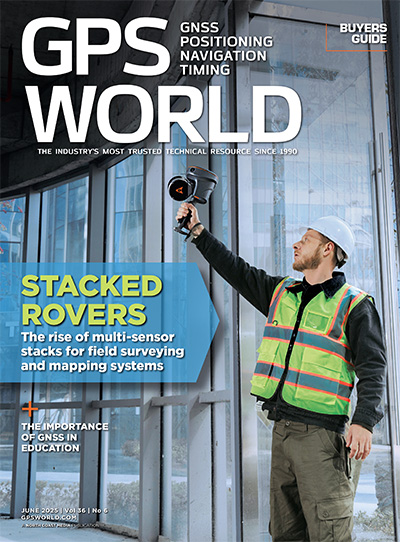
Higher Timing Accuracy, Lower Cost
November 1, 2009
Inside a typical GNSS receiver, the estimate of the error in the local oscillator is formed as a component of the navigation solution, which is in turn based on the output of each satellite-tracking channel propagating its estimate of carrier and code measurements to a common future point. But this method limits the resolution with which the noise of the local oscillator can be quantified. To bypass this shortcoming requires a method of coherently gathering information about the phase change in the local oscillator across all available satellite signals: to use the same samples simultaneously for all satellites in view to estimate the center-point phase error common across the visible constellation. We explore how.
Read More










Follow Us